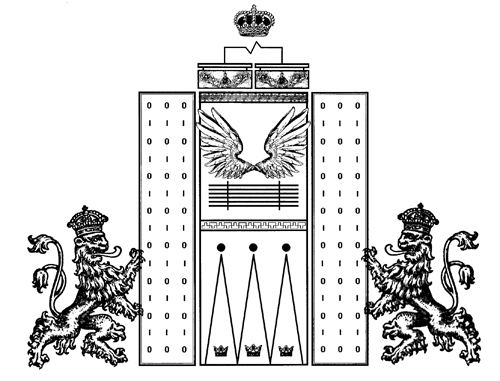
from Artforum:
The untimely death of Christoph Schlingensief, who was chosen to represent Germany at the next Venice Biennale, has changed the German pavilion from an exhibition by the late artist into an exhibition about his work. As Austria Presse Agentur reports, curator Susanne Gaensheimer offered some clarifications at a press conference in Frankfurt last week. “I had hoped that we could realize what he planned to do,” said Gaensheimer, who is also the director of Frankfurt’s Museum für Moderne Kunst (MMK). But too many questions remained unanswered in his concept. The curator never considered inviting another artist to replace Schlingensief, who died last August of lung cancer. The decision to make a show “about him instead of by him” was made in consultation with his widow Aino Laberenz, whom Gaensheimer called “a replacement for artistic authority.” Although unrealized, Schlingensief’s ideas for the pavilion may be documented in the next months on the website of the German pavilion before being presented as a book at the biennial.


